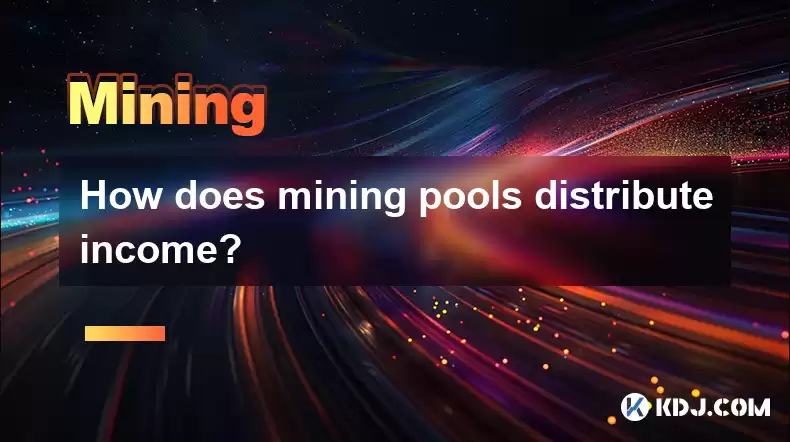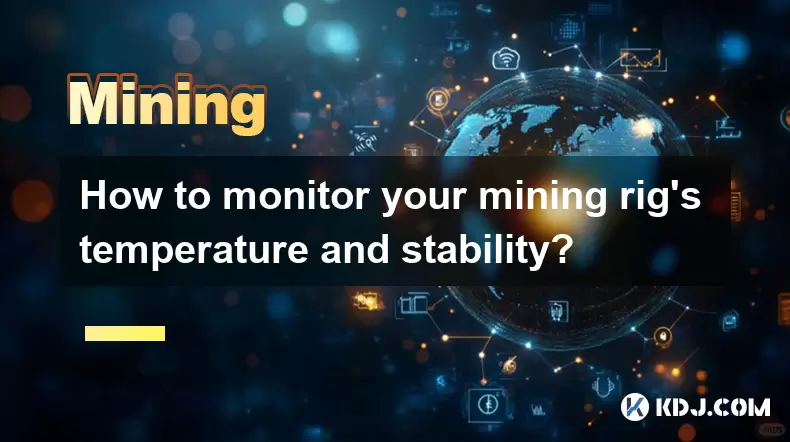-
 Bitcoin
Bitcoin $116400
-0.36% -
 Ethereum
Ethereum $4033
3.40% -
 XRP
XRP $3.302
-1.26% -
 Tether USDt
Tether USDt $1.000
-0.02% -
 BNB
BNB $796.1
1.67% -
 Solana
Solana $177.8
1.89% -
 USDC
USDC $0.9999
0.00% -
 Dogecoin
Dogecoin $0.2314
4.09% -
 TRON
TRON $0.3381
0.14% -
 Cardano
Cardano $0.7989
1.22% -
 Stellar
Stellar $0.4496
-1.84% -
 Chainlink
Chainlink $20.42
9.42% -
 Hyperliquid
Hyperliquid $41.17
0.88% -
 Sui
Sui $3.914
3.77% -
 Bitcoin Cash
Bitcoin Cash $584.7
1.52% -
 Hedera
Hedera $0.2632
-0.54% -
 Avalanche
Avalanche $24.09
3.40% -
 Ethena USDe
Ethena USDe $1.001
-0.02% -
 Litecoin
Litecoin $123.2
1.33% -
 Toncoin
Toncoin $3.318
-0.04% -
 UNUS SED LEO
UNUS SED LEO $8.984
-0.05% -
 Shiba Inu
Shiba Inu $0.00001323
2.85% -
 Uniswap
Uniswap $10.90
4.41% -
 Polkadot
Polkadot $3.999
3.34% -
 Dai
Dai $1.000
0.01% -
 Cronos
Cronos $0.1630
9.64% -
 Bitget Token
Bitget Token $4.484
0.82% -
 Monero
Monero $272.4
2.44% -
 Pepe
Pepe $0.00001173
6.03% -
 Aave
Aave $290.8
2.88%
How does mining pools distribute income?
Mining pools employ income distribution mechanisms such as Pay-Per-Share, Proportional, and Hybrid to distribute earnings among participants based on their contribution and risk tolerance.
Feb 21, 2025 at 03:48 pm

Key Points:
- Mining Pool Structure and Operations
- Income Distribution Mechanisms
- Payout Methods and Frequency
- Taxes and Reporting Considerations
- Comparing Mining Pool Income Distribution Models
How does mining pools distribute income?
1. Understanding Mining Pool Structure and Operations
- Mining pools aggregate the computational resources of individual miners to increase their chances of discovering new blocks and earning rewards.
- Participants contribute their hashing power to the pool, and any rewards earned are distributed among them based on their contributions.
- Mining pools typically charge a small fee for their services, which covers operating costs and maintenance.
2. Income Distribution Mechanisms
- Pay-Per-Share (PPS): Miners receive a fixed payout for each accepted share they submit, regardless of whether the pool finds a block. This method provides consistent income, but it does not reward miners who contribute to block discoveries.
- Proportional: Miners receive earnings proportional to their contributed hash rate to the pool. This model rewards miners who consistently contribute more hashing power, but it can result in less stable earnings if the pool has low activity or luck.
- Hybrid: Combines elements of both PPS and proportional models. Miners receive a base payment for shares, with additional bonuses if the pool finds a block. This hybrid approach balances stability and rewards for contribution.
3. Payout Methods and Frequency
- Wallet Transfers: Mining pools typically pay out rewards directly to miners' wallets. This method allows miners to access their earnings immediately, but it requires them to manage their own cryptocurrency security.
- Direct Coin Deposits: Some pools offer direct coin deposits to miners' deposit addresses. This option simplifies the payout process for miners, but it requires trust in the mining pool.
- Payout Frequency: Payout frequency varies among mining pools. Some pools distribute earnings daily, while others may payout weekly or monthly.
4. Taxes and Reporting Considerations
- Mining income is taxable in many jurisdictions. Miners are responsible for understanding and complying with tax laws regarding cryptocurrency earnings.
- Mining pools often provide documentation or tools to assist miners with tax reporting. Miners should carefully review these documents and consult with tax professionals, as they are ultimately responsible for ensuring accurate tax compliance.
5. Comparing Mining Pool Income Distribution Models
- PPS: Provides predictable income with limited risk.
- Proportional: Rewards miners based on contributions.
- Hybrid: Balances stability and contributions.
The choice of income distribution model depends on individual preferences and risk tolerance. PPS offers more stability, while proportional models reward high contributions. Hybrid models offer a compromise between the two.
Disclaimer:info@kdj.com
The information provided is not trading advice. kdj.com does not assume any responsibility for any investments made based on the information provided in this article. Cryptocurrencies are highly volatile and it is highly recommended that you invest with caution after thorough research!
If you believe that the content used on this website infringes your copyright, please contact us immediately (info@kdj.com) and we will delete it promptly.
- Shiba Inu (SHIB) in the Crypto Landscape: Community, Trends, and Future Outlook
- 2025-08-09 20:30:12
- Lasers in Modern Warfare: Iron Beam and the Future of Defense
- 2025-08-09 20:30:12
- Maxi Doge Presale: The Meme Coin That's Pumping Iron and Prices!
- 2025-08-09 19:10:11
- Rare Coin Warning: Don't Get Fooled by That 1p Coin!
- 2025-08-09 18:50:12
- Cardano, Unilabs, and Tron Price: Decoding the Latest Crypto Buzz
- 2025-08-09 18:30:12
- Aerodrome Finance: Price Targets and the Bullish Channel - What's Next?
- 2025-08-09 18:50:12
Related knowledge

What is "proof-of-work" and how does it relate to mining?
Aug 07,2025 at 02:03pm
Understanding the Concept of Proof-of-WorkProof-of-work (PoW) is a consensus mechanism used in blockchain networks to validate transactions and secure...

What are the differences between mining on Windows vs. Linux?
Aug 06,2025 at 11:29pm
Overview of Cryptocurrency Mining PlatformsCryptocurrency mining involves using computational power to solve complex cryptographic puzzles and validat...

How to use an old computer for cryptocurrency mining?
Aug 07,2025 at 12:42pm
Understanding the Feasibility of Using an Old Computer for MiningUsing an old computer for cryptocurrency mining may seem outdated, but it is still te...

Can you mine cryptocurrency using solar power?
Aug 07,2025 at 12:00am
Understanding the Basics of Cryptocurrency MiningCryptocurrency mining involves validating transactions on a blockchain network by solving complex cry...

How to monitor your mining rig's temperature and stability?
Aug 09,2025 at 09:43am
Understanding the Importance of Temperature Monitoring in Mining RigsMaintaining optimal temperature levels in a mining rig is essential for long-term...

How to build a mining rig inside a PC case?
Aug 06,2025 at 11:01pm
Understanding the Basics of a Mining Rig in a PC CaseBuilding a mining rig inside a PC case involves transforming a standard computer chassis into a d...

What is "proof-of-work" and how does it relate to mining?
Aug 07,2025 at 02:03pm
Understanding the Concept of Proof-of-WorkProof-of-work (PoW) is a consensus mechanism used in blockchain networks to validate transactions and secure...

What are the differences between mining on Windows vs. Linux?
Aug 06,2025 at 11:29pm
Overview of Cryptocurrency Mining PlatformsCryptocurrency mining involves using computational power to solve complex cryptographic puzzles and validat...

How to use an old computer for cryptocurrency mining?
Aug 07,2025 at 12:42pm
Understanding the Feasibility of Using an Old Computer for MiningUsing an old computer for cryptocurrency mining may seem outdated, but it is still te...

Can you mine cryptocurrency using solar power?
Aug 07,2025 at 12:00am
Understanding the Basics of Cryptocurrency MiningCryptocurrency mining involves validating transactions on a blockchain network by solving complex cry...

How to monitor your mining rig's temperature and stability?
Aug 09,2025 at 09:43am
Understanding the Importance of Temperature Monitoring in Mining RigsMaintaining optimal temperature levels in a mining rig is essential for long-term...

How to build a mining rig inside a PC case?
Aug 06,2025 at 11:01pm
Understanding the Basics of a Mining Rig in a PC CaseBuilding a mining rig inside a PC case involves transforming a standard computer chassis into a d...
See all articles

























































































